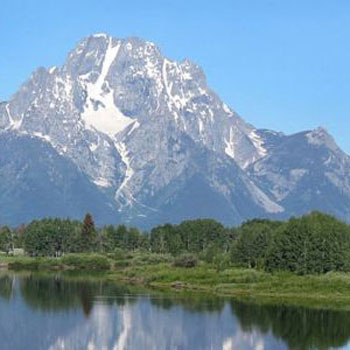-
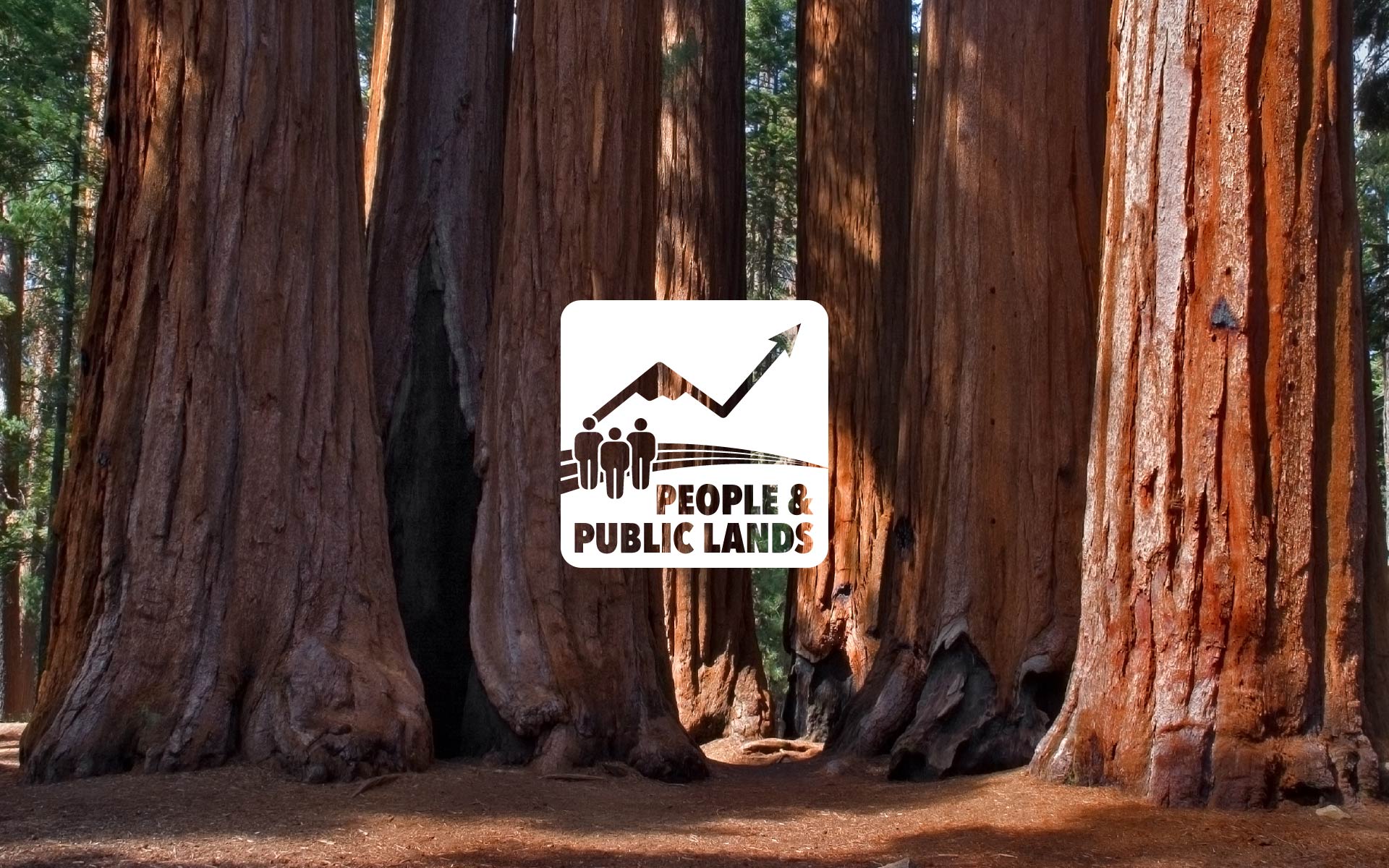
Non-labor income can have an outsized effect on communities in the rural West with a large share of public lands. Read more
-

To assess the value of public lands, we must analyze the full array of what matters to people and consider the activities they pursue. Read more
-

Counties with public lands today tend to have larger, more diverse, and slightly older populations. Read more
-

Nonmarket valuation tools have evolved over time and are now relied upon for important policy decisions and litigation. Read more
-

As we work to protect wildlands, we must also ensure that amenity-led growth benefits a wide range of people and builds community. Read more
-

Advances in economic valuation methods have improved public lands management. Read more
-

Federally managed public lands were originally intended to provide and protect public goods and services while constraining commercial activities. Read more
-

In the face of overwhelming transition, local institutions can make a critical difference in rural community resilience. Read more
-
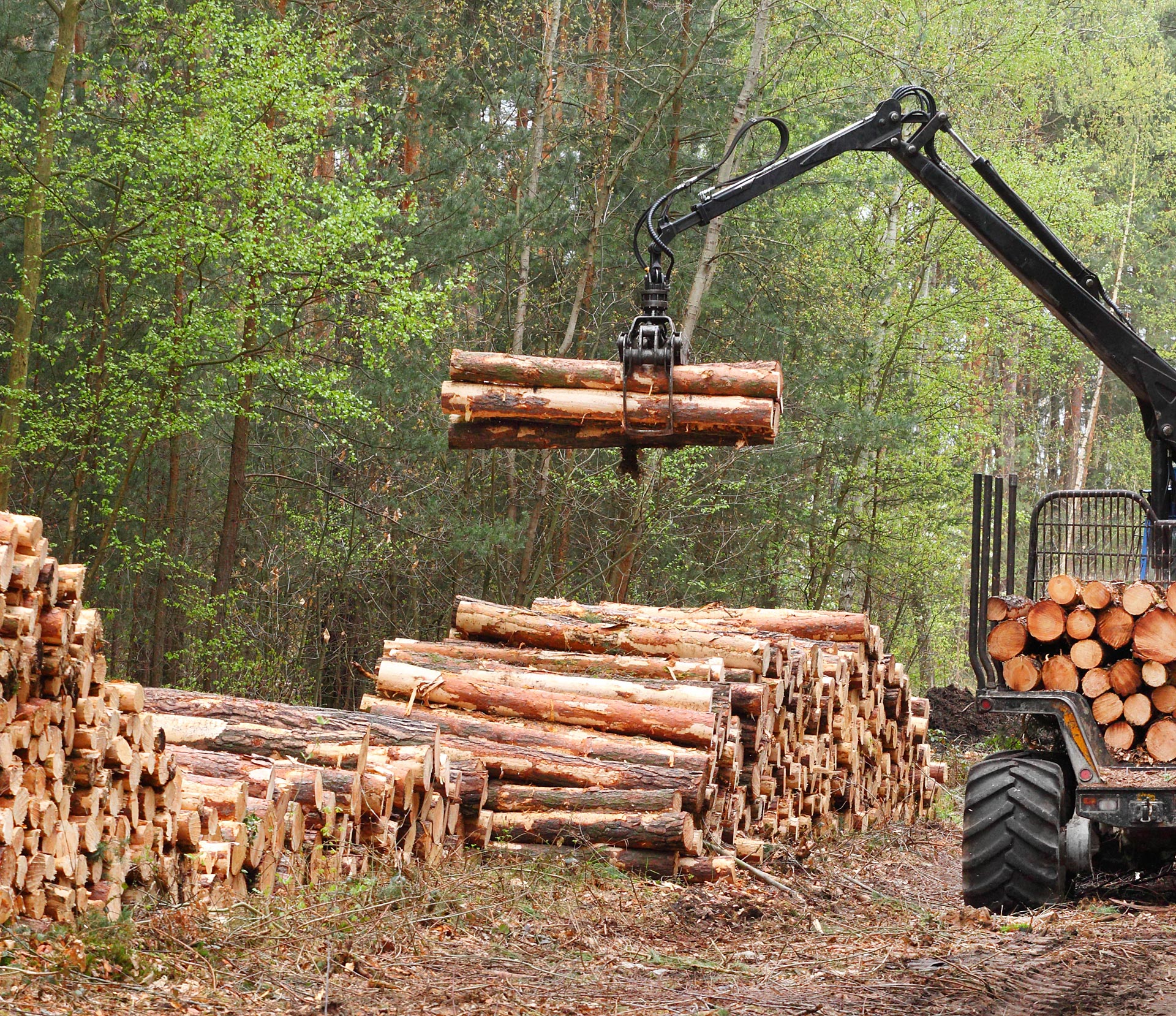
Updated: Headwaters Economics produced two interactive maps to show the range of commercial activities on National Forests at the Forest, state and forest region levels. Read more
-

Study on the economic impacts of redesignating Bandelier National Monument as a National Park with case studies of other Monuments converted to National Parks. Read more
-

Download socioeconomic reports for states and counties near Bureau of Land Management units. Read more
-

Investigating the economic effects of National Monuments redesignated National Parks, and the potential impact of converting the White Sands National Monument to a National Park. Read more
-
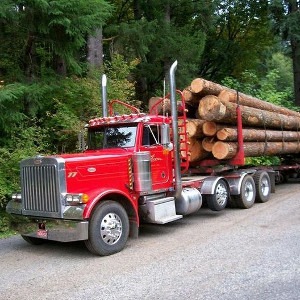
Reforming county payments by establishing a permanent Trust to fund Secure Rural Schools (SRS). Read more
-
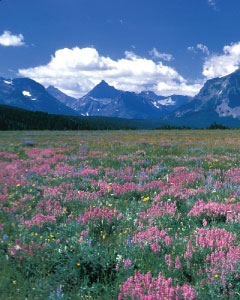
This report summarizes Montana’s economy analyzing recent growth and what is driving its performance, including a description of how federal lands help attract people, investment, and businesses. Read more
-

This research and interactive charts show that the local economies adjacent to all 17 national monuments studied in the West expanded following the monument’s creation. Read more
-
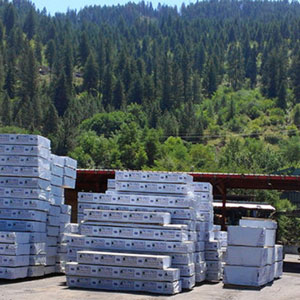
New analysis and interactive map show how the President’s budget proposal cuts county payments and the impact for every county in the nation. Read more
-
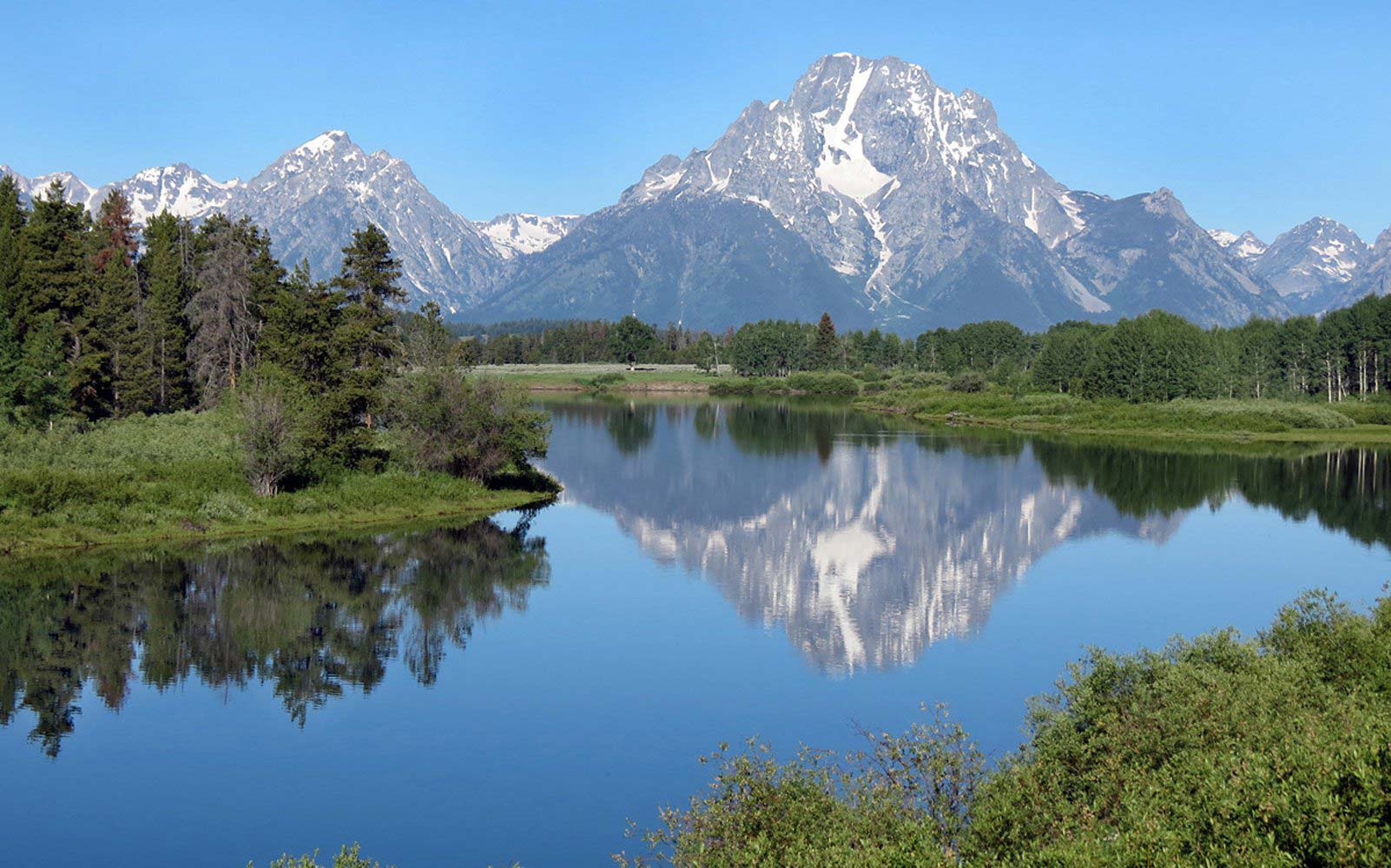
Headwaters Economics compiled a number of regional reports, case studies, tools, research library, and related news articles on the value of public lands to nearby communities. Read more
-

While most western rural counties are aging and losing young families, the loss of school kids in rural western counties with protected lands such as National Monuments was, on average, less than half the rate of loss for similar counties without protected lands. Read more
-
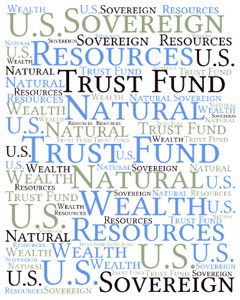
Unlike most countries and state governments, the U.S. has not created a natural resources trust which could help meet volatility and spending challenges facing local and county governments. Read more
